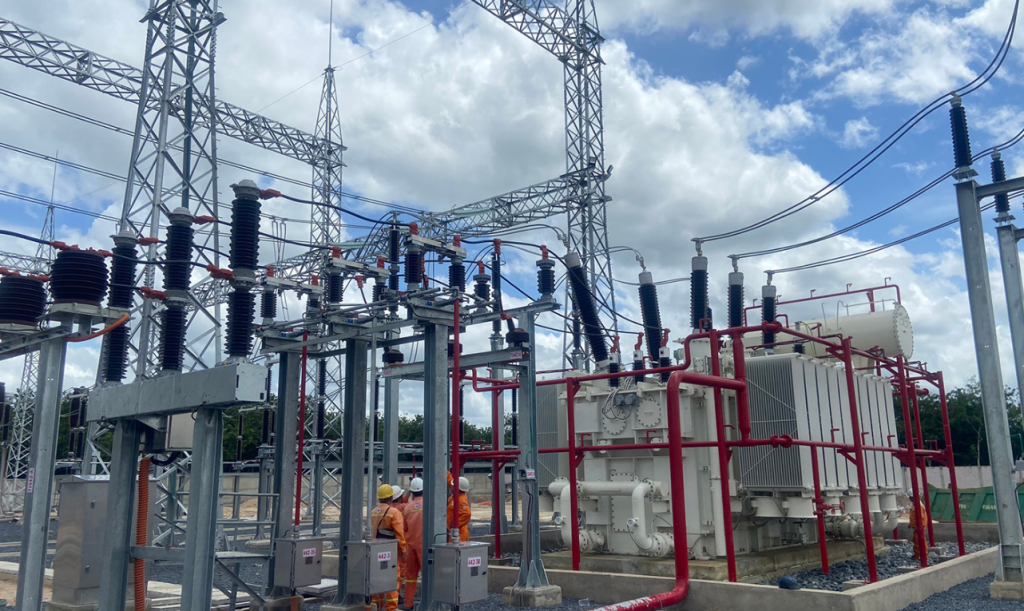- Introduction
- What is Switchgear?
- Types of Switchgear:
- Functions:
- What is a Ring Main Unit (RMU)?
- Key Characteristics of RMUs:
- Technical Parameters Comparison
- Application Areas
- Ring Main Unit Applications:
- Switchgear Applications:
- Market Trends and Background
- Pros and Cons
- RMU Pros:
- RMU Cons:
- Switchgear Pros:
- Switchgear Cons:
- Selection Guide: Which One Should You Choose?
- Authority Citations
- Frequently Asked Questions (FAQ)
Introduction
In modern electrical distribution systems, bothRing Main Units (RMUs)andswitchgearare vital components for managing medium voltage (MV) and low voltage (LV) power networks. While they may seem interchangeable at first glance, RMUs and traditional switchgear have distinct roles, configurations, and applications.
This article explores thedifferences between RMUs and switchgear, clarifies their respective working principles, and provides insight into their usage, technical parameters, and selection criteria. Whether you’re designing a substation or upgrading a distribution network, understanding the nuances of these devices is essential for making informed decisions.

What is Switchgear?
Switchgearis a broad term used to describe the combination of electrical disconnect switches, fuses, and/or circuit breakers that are used to control, protect, and isolate electrical equipment. Switchgear is essential for de-energizing equipment to allow work to be done and for clearing faults downstream.
Types of Switchgear:
- Low Voltage Switchgear: Used in systems up to 1kV.
- Medium Voltage Switchgear: Typically operates from 1kV to 36kV.
- High Voltage Switchgear: Operates at voltages above 36kV.
Functions:
- Protects electrical circuits from overloads and faults.
- Allows isolation and control of different sections.
- Maintains safety during maintenance.
What is a Ring Main Unit (RMU)?
ARing Main Unitis a type ofmedium voltage switchgeardesigned specifically for loop-type network configurations. It connects distribution transformers in a closed ring or loop, allowing power to flow from either side. If one line fails or requires maintenance, the other can continue to supply power.
Key Characteristics of RMUs:
- Compact and sealed units.
- Typically gas-insulated usingSF₆or solid insulation.
- Combinesload break switches,circuit breakers, andearthing switches.
- Designed forurban or space-limited installations.
Technical Parameters Comparison
| Feature | Ring Main Unit (RMU) | Traditional Switchgear |
|---|---|---|
| Voltage Range | 12kV – 24kV | 1kV – 36kV (MV) |
| Insulation | SF₆ Gas / Solid / Air | Air / Oil / SF₆ |
| Short Circuit Capacity | Up to 25kA | Up to 40kA (varies) |
| Configuration | Fixed, compact, looped | Modular and flexible |
| Protection Devices | Circuit breaker + fuse or LBS | Circuit breakers, relays |
| Installation | Outdoor / Indoor | Usually indoor |
| Maintenance | Low (sealed unit) | Regular maintenance |
| Lifespan | ~30 years | ~25-30 years |
| Standards | IEC 62271-200, IEC 60265 | IEC 62271, IEC 60076 |
Application Areas
Ring Main Unit Applications:
- Urban distribution networks
- Underground cable systems
- Renewable energy farms (solar, wind)
- Commercial complexes and high-rise buildings
- Secondary substations
Switchgear Applications:
- Industrial facilities with large motor loads
- Primary substations
- Utility substations
- Manufacturing plants
- Power generation facilities
RMUs shine in distribution environments where space-saving and reliability are priorities, while traditional switchgear is more suitable for expansive, customizable installations.
Market Trends and Background
According to market research fromIEEMAand technical papers onIEEE Xplore, the global demand forcompact, smart, and low-maintenance MV solutionsis growing. RMUs have seen increased adoption due to:
- Urbanization: Necesidad de unidades compactas y amigables con el metro.
- Desarrollo de la red inteligente: RMUs support SCADA and automation.
- Necesidades de fiabilidad: RMUS garantiza la continuidad del suministro a través de configuraciones de bucle.
SwitchGear, por otro lado, continúa evolucionando con innovaciones comointerruptores de estado sólido,Sensores basados en IoT, yRelés de protección digital.
Fuente:IEEE Xplore: tecnologías de distribución de cuadrícula inteligente,Informe anual de IEEMA
Pros y contras
RMU Pros:
- Huella compacta
- Sellado y sin mantenimiento
- Alta fiabilidad
- Adecuado para automatización e integración de cuadrícula inteligente
Contras RMU:
- Mayor costo inicial
- Configurabilidad limitada
- Los sistemas de gas sellados requieren un manejo adecuado
Pros de SwitchGear:
- Altamente personalizable
- Puede manejar corrientes de falla más altas
- Apoya diversos esquemas de protección
Contras de SwitchGear:
- Requiere más espacio
- Necesita mantenimiento periódico
- Más complejo de instalar
Guía de selección: ¿Cuál debería elegir?
| Situación | Equipo recomendado |
|---|---|
| Espacio de instalación limitado (por ejemplo, centros urbanos) | Unidad principal del anillo (RMU) |
| Se requiere una alta configuración | Apareja tradicional |
| Necesidad de mantenimiento mínimo | RMU |
| Planta industrial con cargas diversas | Aparejo |
| Control remoto automatizado deseado | RMU con scada |
| Subestación a gran escala de servicios públicos | Aparejo |
Consejo:Siempre consulte con OEM comoTEJIDO,Schneider Electric, ySiemenspara configuración y precios específicos del proyecto.
Citas de autoridad
- Wikipedia - Unidad principal del anillo
- Guía de producto de voltaje medio ABB
- Unidades principales del anillo eléctrico Schneider
- Recursos de distribución inteligentes de IEEE
Preguntas frecuentes (preguntas frecuentes)
A1: Sí.
A2: RMUS se puede usar en entornos industriales, pero generalmente se favorecen en entornos compactos.
A3: Los sistemas aislados de aire son ecológicos pero de mayor tamaño.
AmbosUnidades principales de anilloyapareja tradicionalson críticos en la distribución de energía pero satisfacen diferentes necesidades.
Entendiendo sudiferencias,características técnicas, ycontextos de aplicación, los ingenieros y tomadores de decisiones pueden seleccionar la solución mejor ajustada para su infraestructura eléctrica.
Obtenga una versión imprimible de esta página como PDF.